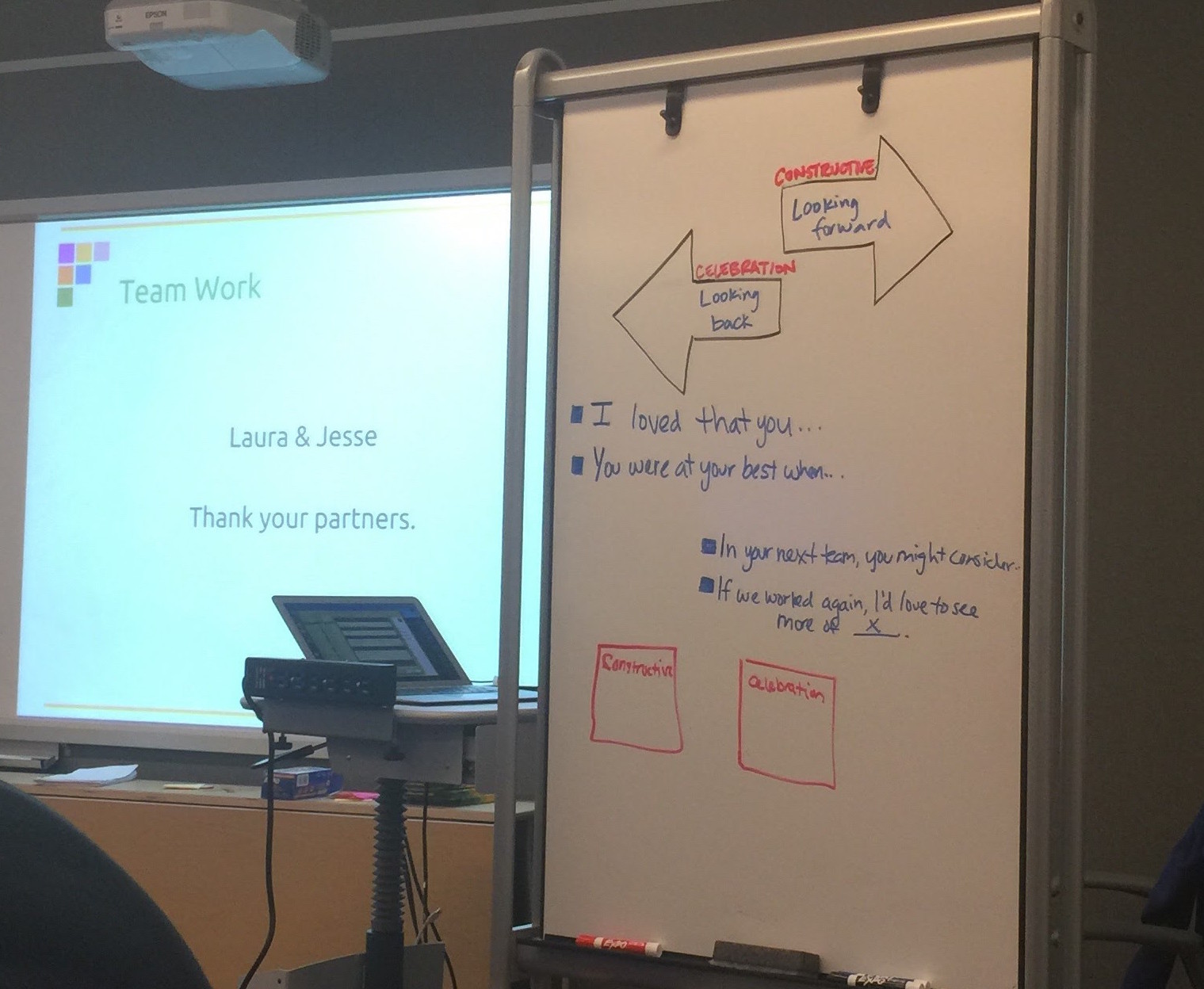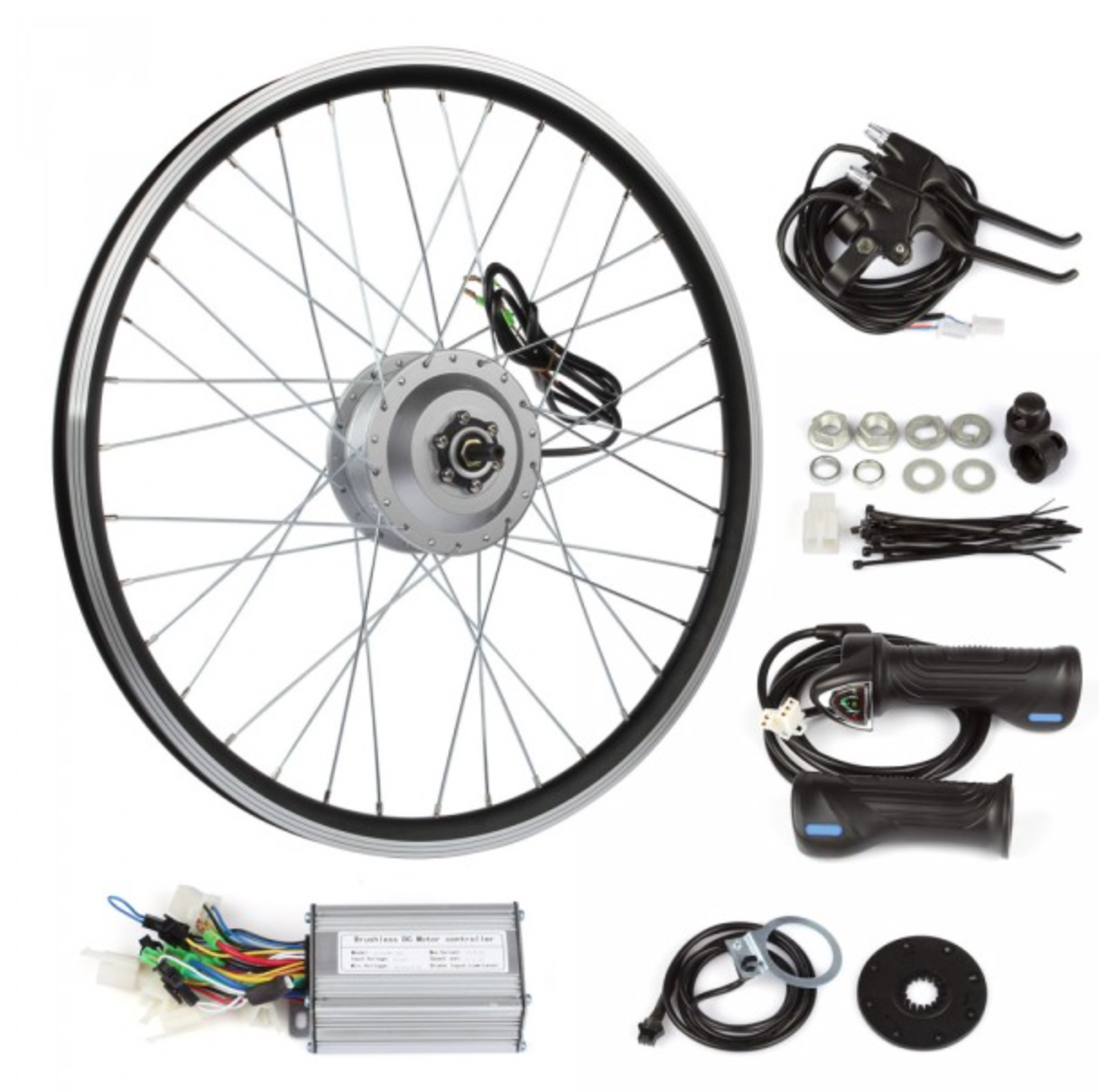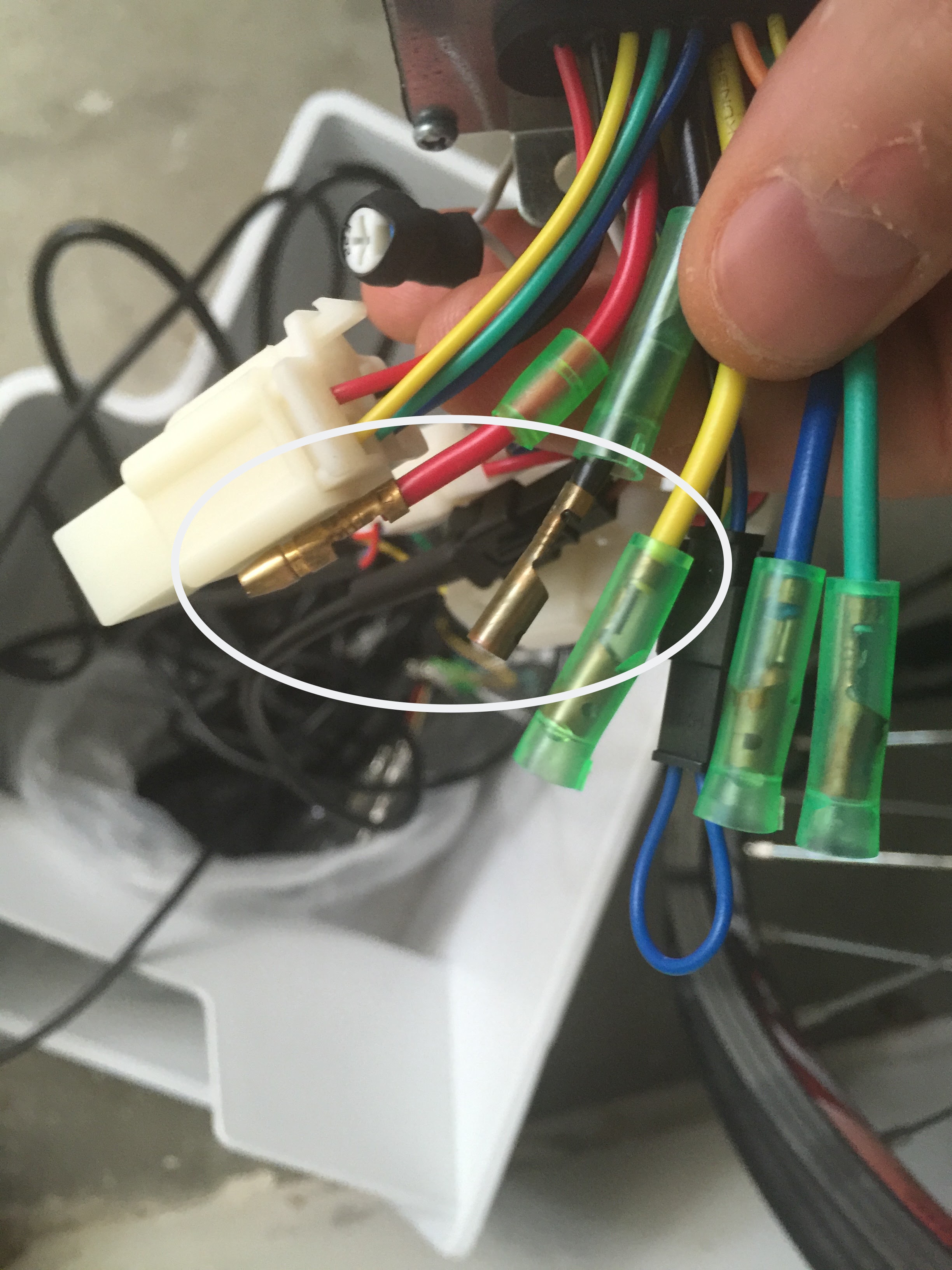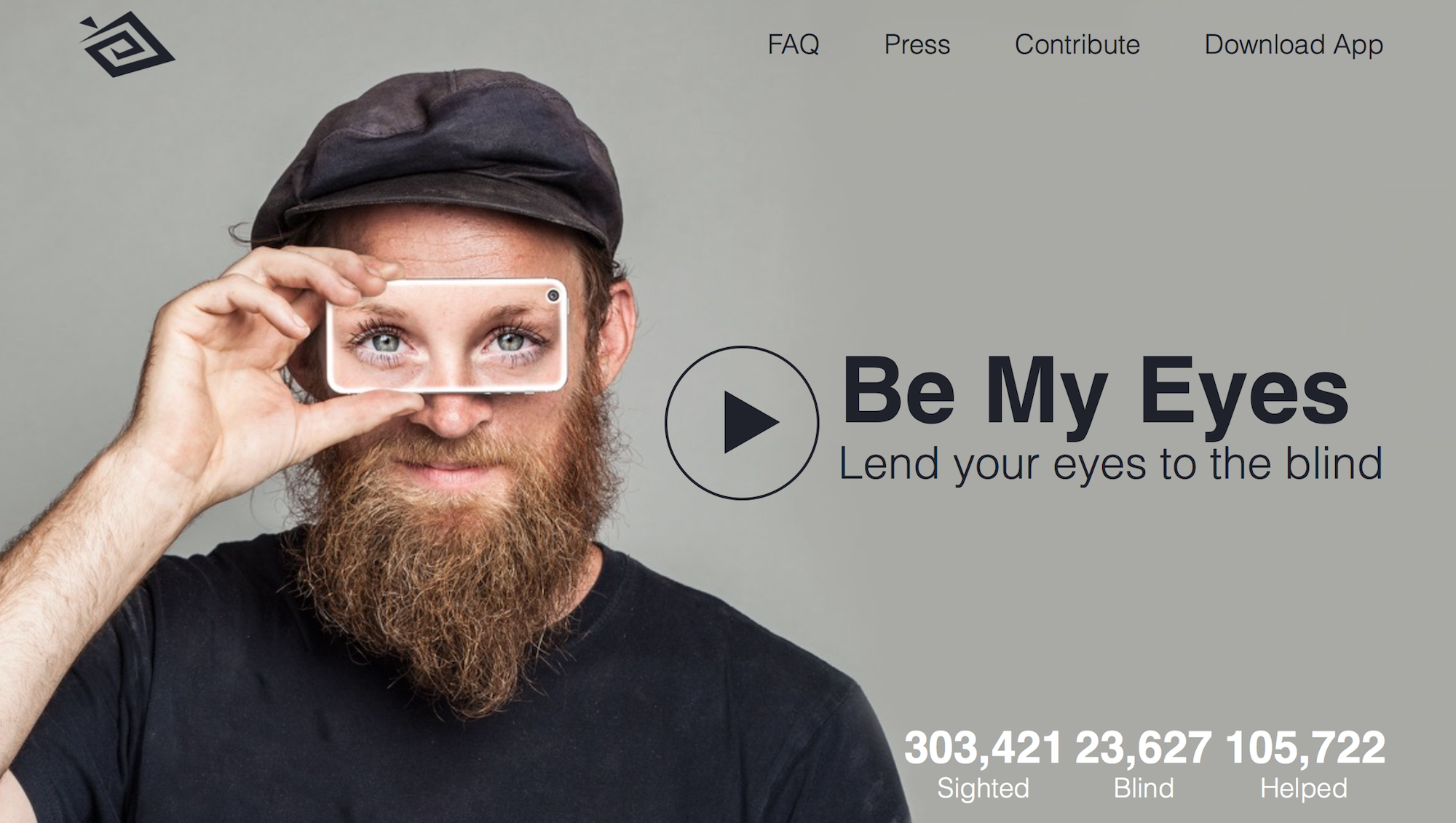We drew mind maps of all the learning theories we read in class – amazing peek into how other people think and organize their cognition.
Here’s mine followed by Matej’s.
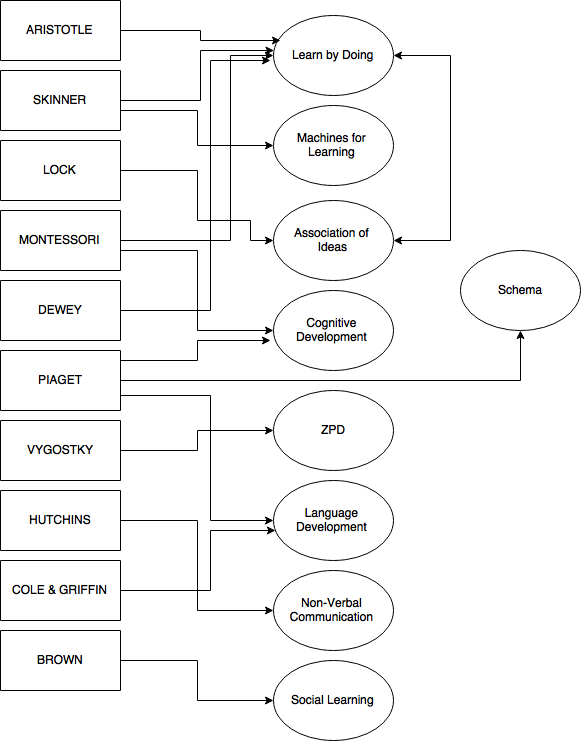
5Vvbc6I8FP9rfOyOCFL72FprnXa1U/y2X/ctxRQzC8SJ2Mv+9ZvACRCoiq0QdtYHJYeT28nvXHISO+YweBsztFp+pwvsd3rdxVvHvOz0emdml38LwntCsC0jIXiMLBJSjuCQ3xiIUM/bkAVeK4wRpX5EVirRpWGI3UihIcboq8r2TH211xXyZI8ZwXGRX6Y+kEW0TKiDnp3RrzHxlrJnwz5L3jwh95fH6CaE/jo98zn+JK8DJNuCib51oQWo/w5lKK5QqAzoN6WBQmB4nQkPJktUeYToRenSJ+EvVTxPlC0wyzGZI762jFLekHgK3obYF+sr1y5p6WrL21R4DIcwlD0VjIHrGtbzKTb7g6ezE84qGnhB/gam5txMptPRfUJfR+9ynV6XJMLOCrmi/Mqh2DEvllHg85LBH6EdzCIMyPxgbDEJBjbGNMARexcrk7yVUgMgD6D4mqHCkCzLHCJsoCGQtJc2nMmBP4AoqonFLInlFiMWigUUA76kJPRKEuJNcqXhhYsGZHUGQwRh9frVhCWFekxhWSVhnd9PnPlsfjvSjyJp5nSg6LQkmO/IXZKQm1thKBn/jmHVNjAZhkY0GTD8vCwW3GNAkbJoST0aIn+UUS9iN4BFi9yo56WD30j0f+75UbB864tSyAcqXokacSF7l4xAdLtbonyUdMPihdluWyPEPJx6rw8QUl4Xhn0UkRe194+EHFc9ZwyJWpJhxa1TxCGWtnwnCNlyG1ZBRYo+o8DfMwDIn+XvJ3DKAJGMOINHOvXPIQYEXTdijoOK2Fp+dclLMje76pr2C5qZgBAqFZTzi9IH2/F3SL+CTsbzOfoC9c7UBSr6my0LdKhul9wf+L+tulrgh2HVpqrlWOF2NrxpQZggFUZHnCDdbT6CWq+pSzjgqAg6Kd/T2CgQUgif1uKHl30+oosFeeGPnnicLDAfFND5EHKv2hWqVg3JaokuYFvZWHQRv1KjizXX9YjrFX3lJNdH6zVxJfmKiKnkRP9VgyexVbvFO9RSWaeqBkqXtc1SFfntmoMKiGF0hqEKUEIaii7yKBFVjoQSsMu7UJIgqWmYlIJJsApVg08eGe3mL8LwUH4VtsfH4aC8iZxN5yPHmd1P9PvNtKzFb0LqLieby9HD6LEFYpHRng6xyH7+EdMFCtI6B5fuwSo6uCJ/zQ5OzjenPHeT8/Forl97TKkVWrSnnBIfUi8kMVB46he/YJ+uAjGzNkXVaQJAR1TdaygH8PdYnARFujN7he38/mDpQH4T+qvNRkFYWjeuGsROHLLUnl2SQeqxs0vysFmu/75McIEfhlUbXGCv25gZOul+6/JOFVtkZ4Q7zAifTnzeKxpvDmbpSX7rTZSpYmK/yTmUv+b9mbynkAsXfjyOZ878pgXbEEvqn5ZAqnz8+fMuuajRlqDJ0ho0QRjRBufWwGEo6MlOi3SU49C9zjHVimN7x4LpsQ6Mpqyaoyk57fzhCwq9jbig1d6NjVU1lVKHjpoNXEY4bc/OpkrYkKCo8WRKIZK0ukp2ZC9/X03rHl+3ylmD6//mw+vJ1NEfBvSrurlartKV79JNaXjyA7MnJOoNaRBsQuLCWWeLLE+/6g3EWixPQ1vfdhgeqT47Dc9Xs7ifXory8fxwJu428mWHU/nkm1PG95Orq8m0BTovUwBadL6hU/YGAVrlGL0VntEGY1/ZM9YddZa3gY67xAHSaustabMLmU89tr6hnWBm67OieCs4WxZkarkYK1UhzR3B1qM21SifXzvi1peo08qL4XZVp1LL3wzK29eL+9lDC3ytLYemw9fKv3v9G4GilPRO4/HVM5YtS8GL2R+1EvXP/pFnjv4A

Reading Czars ruled again today – great group activity – Group pictionary


